Inviscid Flow Around The Wing, CFD Simulation Training
$100.00 Student Discount
In this project, Inviscid Fluid Flow Over the Wing has been simulated, and the simulation results have been investigated.
Click on Add To Cart and obtain the Geometry file, Mesh file, and a Comprehensive ANSYS Fluent Training Video.To Order Your Project or benefit from a CFD consultation, contact our experts via email ([email protected]), online support tab, or WhatsApp at +44 7443 197273.
There are some Free Products to check our service quality.
If you want the training video in another language instead of English, ask it via [email protected] after you buy the product.
Description
Inviscid Flow Around The Wing, CFD Simulation ANSYS Fluent Training
A wing is a fin that produces lift while moving through air or other fluid. Accordingly, wings have streamlined cross-sections subject to aerodynamic forces and act as airfoils. A wing’s aerodynamic efficiency is expressed as its lift-to-drag ratio.
The design and analysis of aircraft wings are one of the principal applications of the science of aerodynamics, which is a branch of fluid mechanics. In principle, the airflow properties around any moving object can be found by solving the Navier-Stokes equations of fluid dynamics. However, these equations are notoriously difficult to solve except for simple geometries, and simpler equations are used. For a wing to produce lift, it must be oriented at a suitable angle of attack. When this occurs, the wing deflects the airflow downwards as it passes the wing. Since the wing exerts a force on the air to change its direction, it must also exert an equal and opposite force on the wing.
Inviscid fluid flow Description
In this project, we simulate a wing with ANSYS Fluent software. In addition to this, this project aims to stimulate the inviscid flow around the wing and obtain the pressure and velocity around it.
Geometry and mesh
The geometry of the solution consisted of Geometric defining parameters, including chord line, angle of attack, leading edge, and trailing edge. The 3D geometry of this project has been produced with ANSYS Design Modeler software:
Mesh is created with ANSYS Meshing software, and the mesh type is unstructured. The number of cells is 5558992.
We consider several assumptions to simulate the present model:
- We perform a pressure-based solver.
- The simulation is steady.
- The gravity effect on the fluid is ignored.
The following table represents a summary of the defining steps of the problem and its solution:
|
Models
|
||
|
viscous
|
inviscid | |
|
Boundary conditions
|
||
|
airfoil |
|
wall
|
|
inlet
|
Velocity inlet
|
|
|
velocity |
30 m/s |
|
|
outlet
|
|
Pressure outlet |
|
gauge pressure |
0 Pascal |
|
|
Sym1
|
symmetry |
|
|
Sym2
|
Symmetry |
|
|
Solution Methods
|
||
|
Pressure-velocity coupling
|
Coupled |
|
|
Spatial discretization
|
pressure |
second-order |
|
momentum |
second-order upwind
|
|
|
Initialization
|
||
|
Initialization method
|
Standard |
|
|
Run calculation
|
||
|
|
Number of time step |
120 |
Results
In this simulation, three-dimensional contours are related to pressure, velocity, etc., are presented. Pressure and velocity results The results section shows that, as expected, the maximum velocity was found at the top level of the airfoil, while the maximum pressure was at the front edge, where the speed was at the minimum and occurred at the stagnation point. A stagnation point in the flow, where the velocity of a fluid is zero. Stagnation points exist at the surface of objects in the flow field, where the flow is brought to rest by the thing.
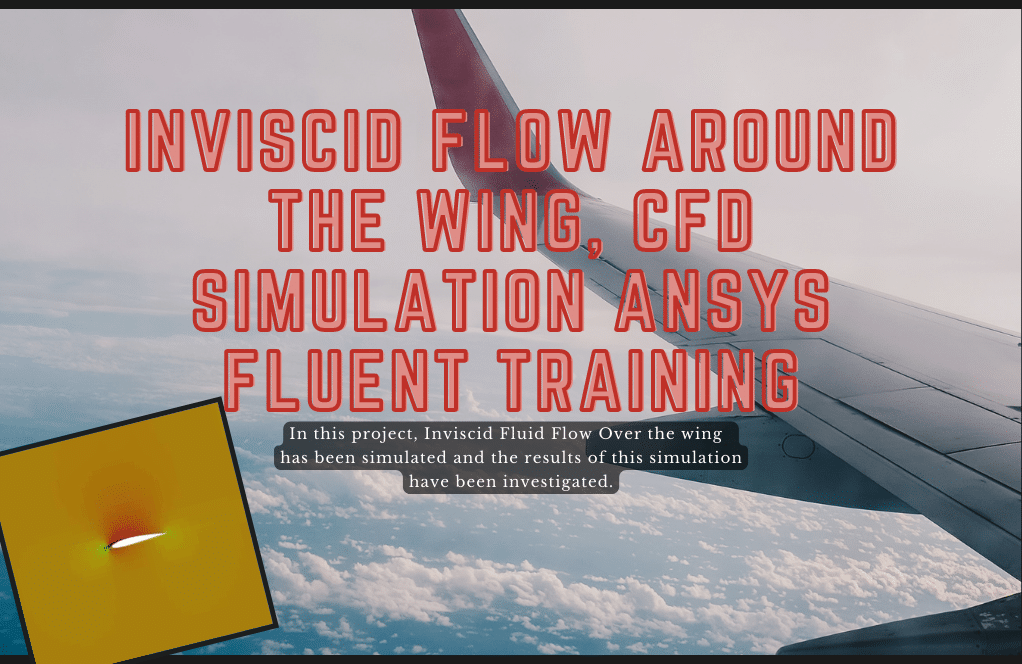
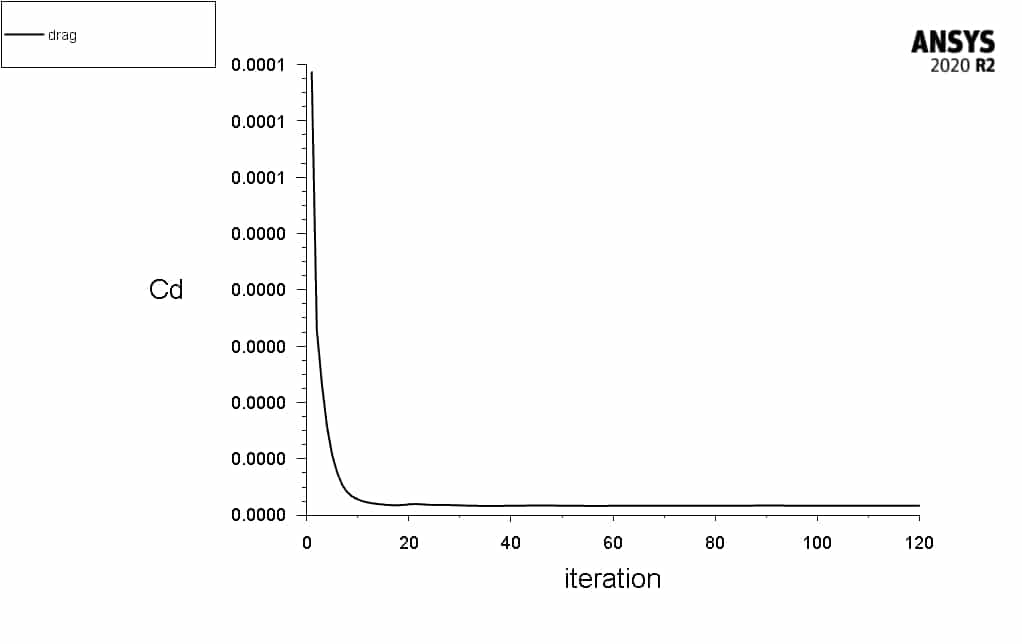
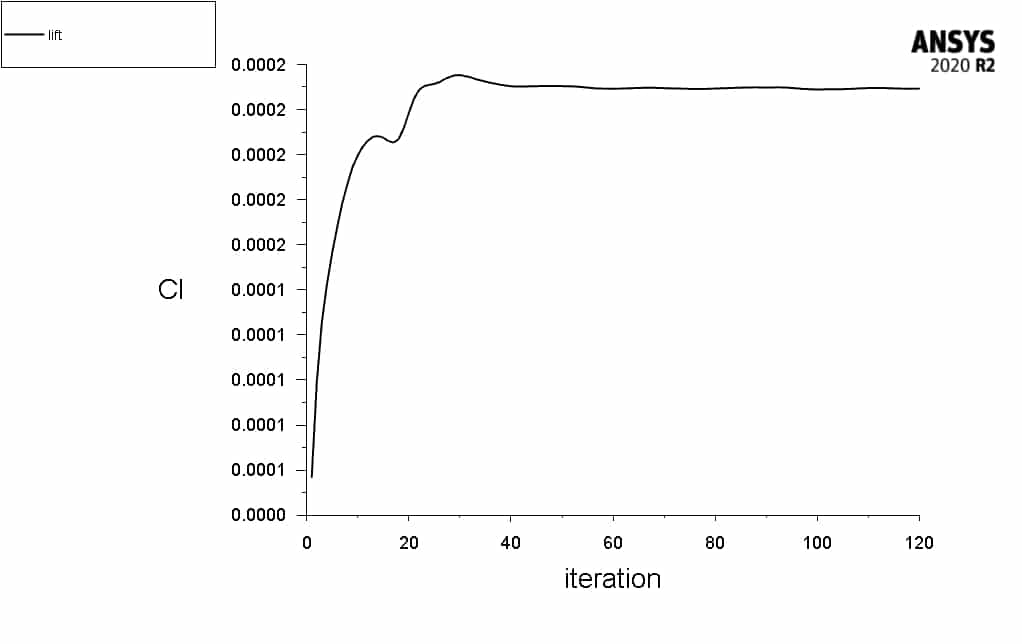

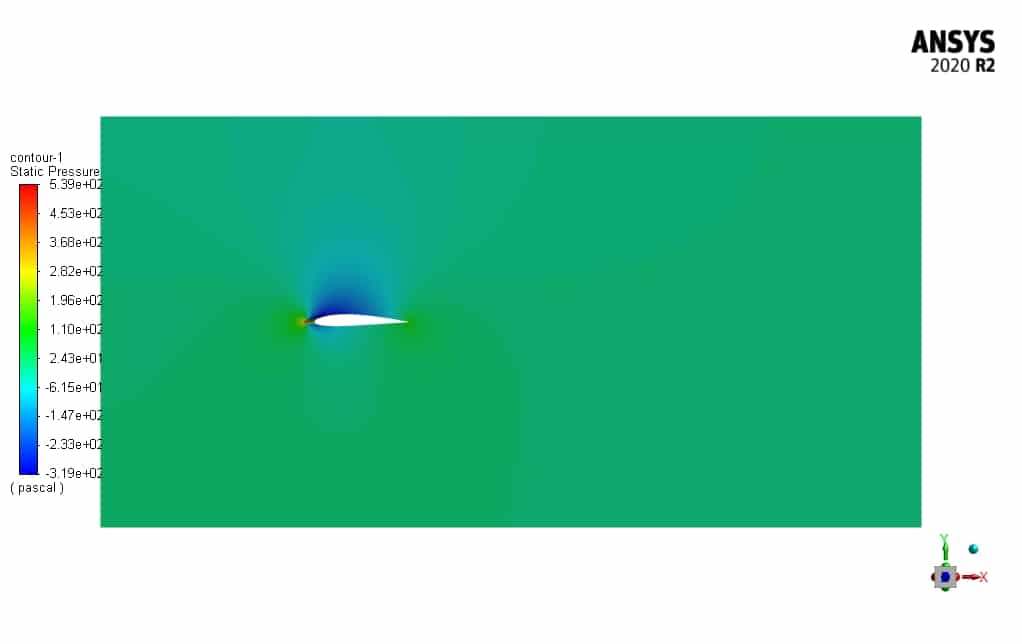
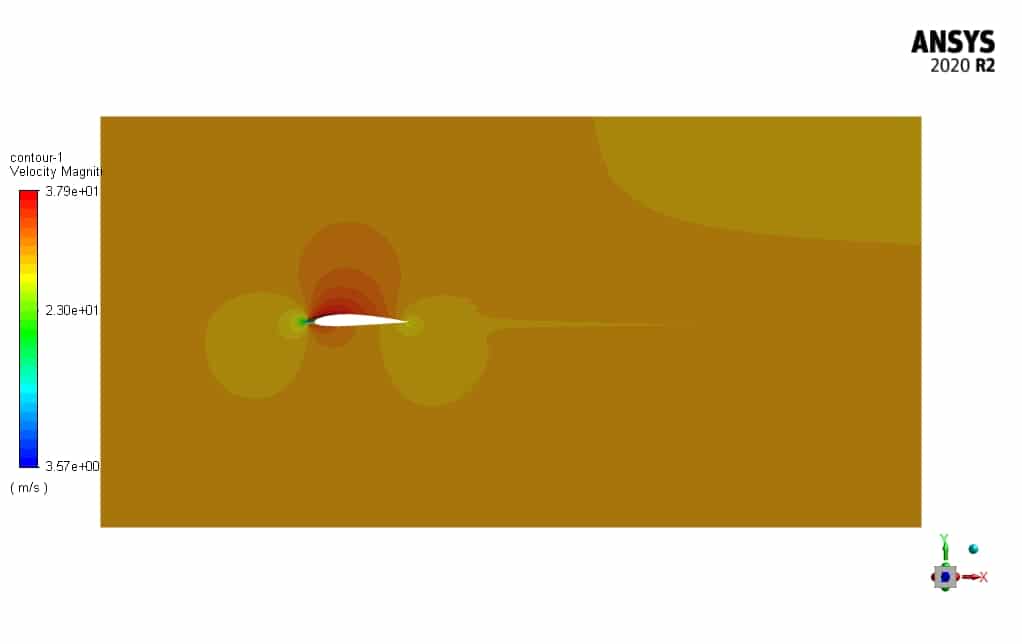
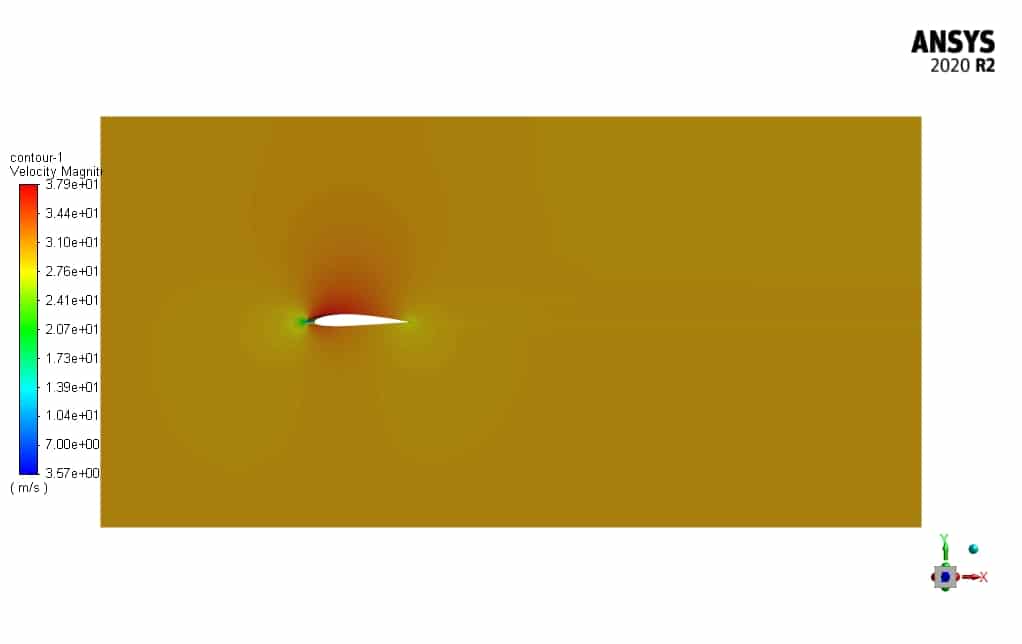
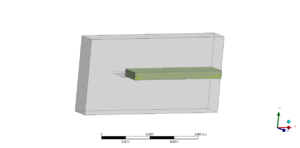
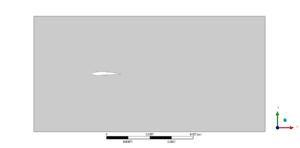
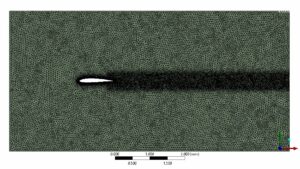
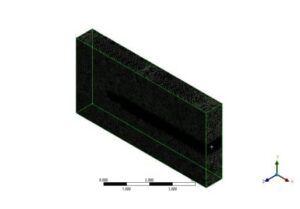
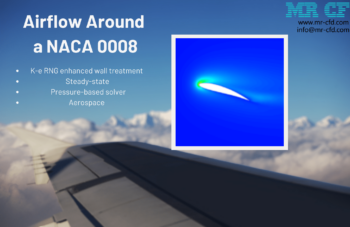
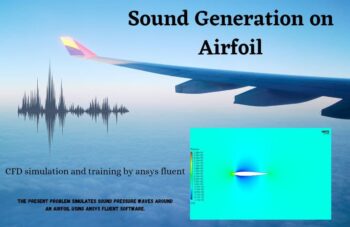
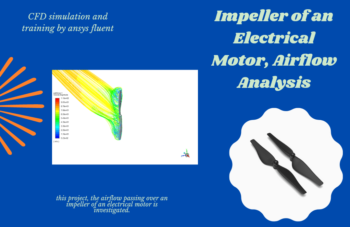

Rafaela Walsh –
I found the inviscid flow simulation around a wing really useful in understanding aerodynamic concepts. Being able to see the pressure and velocity results helped me grasp how lift is generated by the wing’s geometry and angle of attack. The details provided made the concepts very clear.
MR CFD Support –
We’re thrilled to hear that our Inviscid Flow Around The Wing simulation has been so helpful for your understanding of aerodynamics. It’s great to know the visual representation of pressure and velocity has contributed to a clearer grasp of lift generation. Thank you for taking the time to share your positive experience with this training product!
Grady Gutmann –
I am thrilled with the detailed Inviscid Flow Around The Wing, CFD Simulation training! The results perfectly aligned with the expected aerodynamic behavior of the wing. Kudos to the team for such robust simulation work!
MR CFD Support –
Thank you for your kind words and complementary review of our Inviscid Flow Around The Wing, CFD Simulation training. We are delighted that you found the material thorough and the results in alignment with the expected aerodynamic principles. We appreciate your positive feedback and are glad you had a satisfactory learning experience!
Edmund Orn –
The training offers clear insights into the inviscid flow around the wing. The pressure and velocity results facilitated a deeper understanding of aerodynamic principles. Overall, it is an exceptional resource for anyone keen to grasp the complexities of airfoil behaviors.
MR CFD Support –
Thank you for your kind review! We are thrilled to hear that the CFD simulation training on inviscid flow around the wing has deepened your understanding of aerodynamic principles and the behavior of airfoils. We appreciate your feedback and are glad our training was beneficial for you!
Gwen Hintz –
I would like to understand better how the wing’s geometry impacts the airflow and lift in this inviscid flow circumstance. Could you elaborate on this aspect from the simulation results?
MR CFD Support –
Certainly! The wing’s geometry, characterized by its chord line, angle of attack, leading edge, and trailing edge, plays a crucial role in affecting the airflow patterns and, consequently, the lift forces generated. The contours and simulation reveal that the velocity is higher across the top surface of the airfoil, which according to Bernoulli’s principle leads to a pressure differential between the top and bottom surfaces of the wing. This pressure differential creates a net lift force. The angle of attack determines the amount of lift and drag; an optimal angle maximizes lift while minimizing drag. The leading edge shape is crucial in ensuring smooth airflow attachment over the wing, preventing flow separation.
Damian Kris –
The comprehensive explanation of the simulation was great. It’s fascinating how aerodynamics principles can be practically demonstrated through software like ANSYS Fluent.
MR CFD Support –
Thank you for the compliment! We’re thrilled to hear you found the ANSYS Fluent simulation of inviscid flow around the wing fascinating. Understanding aerodynamics principles through the use of simulation tools is indeed an effective way to gain deeper insights into airflow behaviors.
Miss Jacklyn Hickle DDS –
I’ve been learning about inviscid flow simulation from your tutorial and found it truly enlightening. The exceptional detail in the explanation of how the forces interact with the wing has given me a much better understanding of aerodynamics. Thank you for the high-quality content and clear visuals in this training course!
MR CFD Support –
We greatly appreciate your positive feedback about the ‘Inviscid Flow Around The Wing’ CFD simulation training. It’s delightful to know that our thorough explanations and clear visual aids have fostered a stronger comprehension of aerodynamics for you. Thank you for taking the time to review our product, and we look forward to providing you with more invaluable learning experiences.
Maynard Kunde V –
This product was super useful for visualizing inviscid flow characteristics! The detailed setup and results analysis gave me a clear picture of how lift is generated. Thanks for providing such practical insights into aerodynamics.
MR CFD Support –
Thank you for your kind words! We’re thrilled to hear that our inviscid flow simulation training helped you understand the aerodynamics of a wing. If you have any further questions or need more insights, feel free to reach out. Your enthusiasm for learning fuels our passion for teaching!
Sherwood Herman IV –
This training material on Inviscid Flow Around The Wing using ANSYS Fluent seems comprehensive, but is there a section that helps to understand the relevance of choosing an inviscid model over viscous models for this wing simulation?
MR CFD Support –
Yes, the training does cover the significance of choosing an inviscid flow model. Primarily, using an inviscid model simplifies the simulation by ignoring viscosity, which is suitable for analyzing potential flow around airfoils where boundary layer and viscous effects are minimal or can be neglected. The choice is also connected with increasing the computational efficiency for basic design and analysis without necessitating a deeper look into boundary layer phenomena that includes a viscous model. More detailed reasons and contexts should be provided within the learning material.
Prof. Domenico Ondricka –
The explanation was thorough, and the insights into the stagnation point were especially interesting. Can results from this simulation help improve the design of actual aircraft wings?
MR CFD Support –
Yes, results from simulations like these are valuable for the aerodynamic analysis and optimization processes. By understanding the flow dynamics and pressure distribution around the wing, engineers can make design adjustments to enhance lift efficiency, reduce drag, or address specific aerodynamic challenges thus improving actual aircraft wing performance.
Lucas Collier –
Simply loved the inviscid flow simulation around the wing training! Definitely could notice the improvement in my understanding of lift-to-drag ratios and airflow behavior. Great content for further aerodynamics studies.
MR CFD Support –
Thank you for your kind words! We’re thrilled to hear that our training on inviscid flow simulation has helped enhance your understanding of aerodynamics. It’s wonderful to know that our products are making a positive impact on your studies. Keep soaring high in your learning journey!
Norbert Rutherford –
Incredibly detailed training! Can you let me know how the stagnation point affects the lift on the wing and if it was demonstrated in the simulation results?
MR CFD Support –
The stagnation point affects lift by altering the pressure distribution across the wing’s surface. In the simulation results, this would be seen where the airflow velocity reaches zero and pressure is at its highest at the front edge of the wing. This high-pressure area contributes to the overall lift generated by the wing. So yes, its effects would be demonstrated in the pressure contours from the simulation results.
Rory Upton II –
The training seems thorough! The explanations of parameters and assumptions make it easy for beginners to follow along. Learning about velocity and pressure around the wing aids in understanding aerodynamics better. Thanks for the clear setup details in ANSYS Fluent, from mesh creation to simulation results interpretation.
MR CFD Support –
Thank you for your positive feedback! We’re delighted to hear that our training on ‘Inviscid Flow Around The Wing’ in ANSYS Fluent is clear and educational. Understanding the aerodynamics of wing design is crucial, and we aim to make learning about it as accessible as possible. If you have any more questions or need further clarifications, feel free to reach out. Your understanding and satisfaction are important to us!